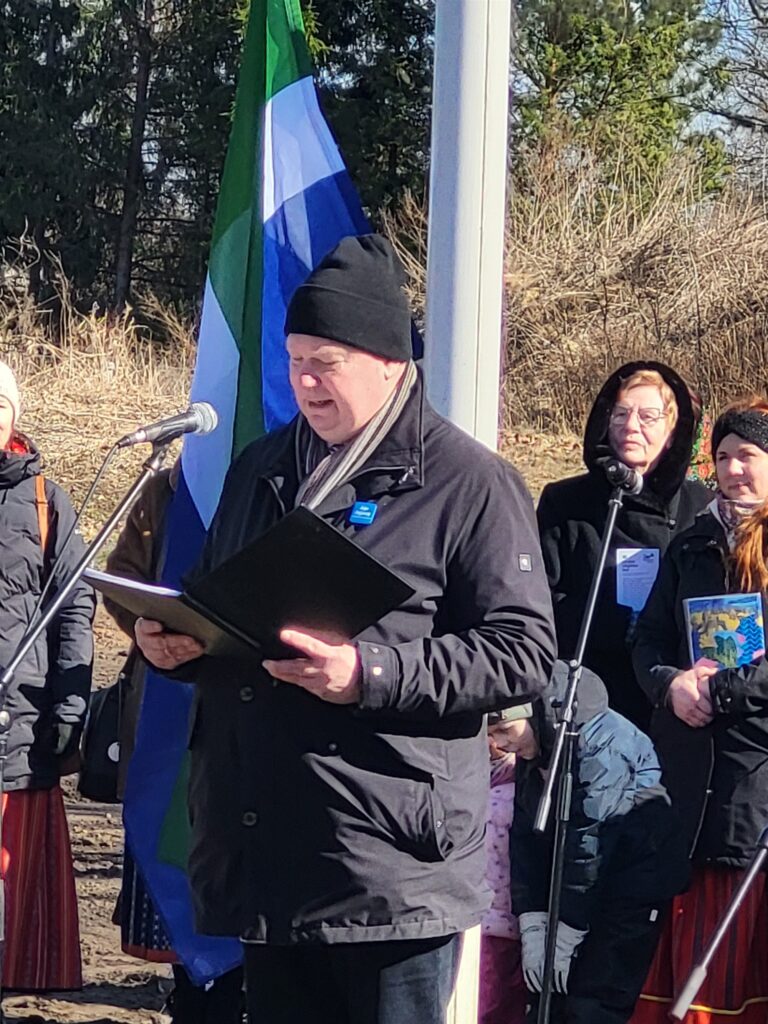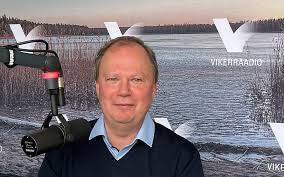
Typological shift in Estonian and Southern Finnic (ESTTYP)
Dissemination
2025
25 April
Karl Pajusalu discussed the history of books in the native languages of historical Livonia — Estonian, Latvian, and Livonian — and the development of written Livonian on both sides of the Gulf of Rīga in his article “The missals of Livonia and the Livonian written language” (Liivimaa missaraamatud ja liivi kirjakeel) in the journal Sirp.
25 April
Karl Pajusalu discussed the revival of Salaca Livonian in Vidzeme on the occasion of the unveiling of the first official bilingual sign in Salaca Livonian and Latvian — located at the Aģe River — in his article “Reviving Livonian heritage in Livonia” (Liivi pärandi äratamine Liivimaal) in the journal Sirp. (Photo: Renate Pajusalu, from Sirp)

31 March
Project member Uldis Balodis was interviewed by Aleksi Palokangas of Sukukansojen ystävät – a non-governmental organization promoting knowledge of Uralic nations in Finland – for their journal Alkukoti. Balodis spoke about the history of his work with Livonian and Lutsi as well as Latvia’s Finnic identity and heritage. In this interview, Balodis also mentioned the work of the current ETAG project (From East to West: Typological shift in Estonian and the Southern Finnic languages against the background of Uralic) and is featured on the cover of this year’s Alkukoti. (Image: Sukukansojen ystävät)

2024
25 February
Project members Karl Pajusalu and Miina Norvik spoke about the current ETAG project (Idast läände: eesti keele ja lõuna-läänemeresoome keelte tüpoloogiline muutumine uurali taustal / From East to West: Typological shift in Estonian and the Southern Finnic languages against the background of Uralic) and the new Estonian Roots: Centre of Excellence for transdisciplinary studies on ethnogenesis and cultural diversity in an interview on the ERR program “Vikerraadio”. Listen to the interview here. (Photo of Karl Pajusalu taken from the Vikerraadio website.)

Header image: Pilda Lutsi field notes recorded by Guna Pence from Antonīna Nikonova in Jāni külä (Lielie Tjapši), Latvia, 1972. (Source: University of Latvia Institute of Literature, Folklore, and Art Archives of Latvian Folklore)


